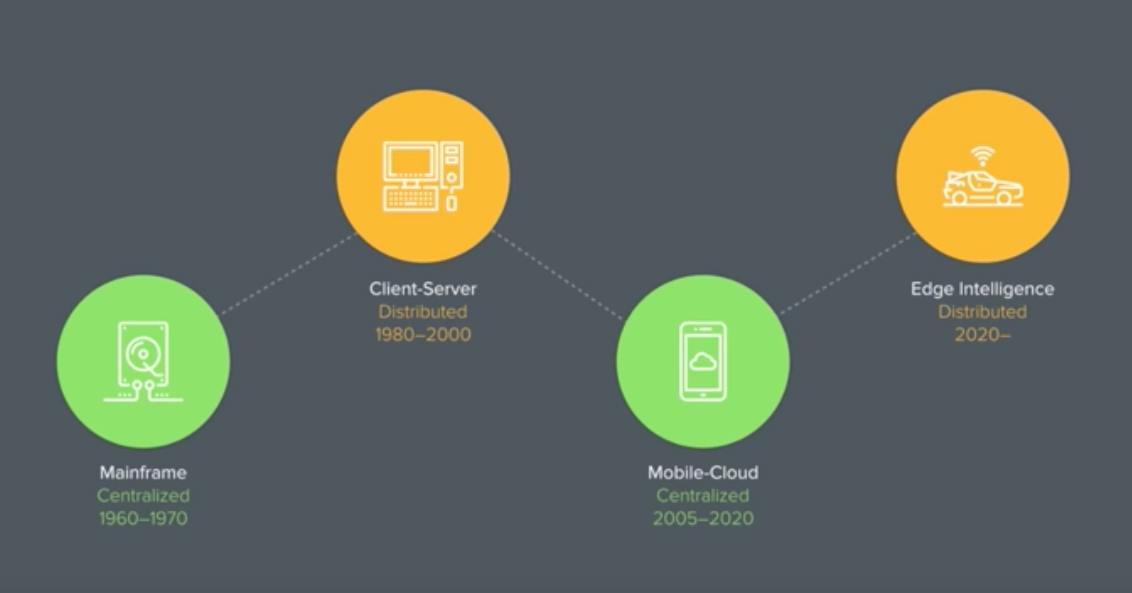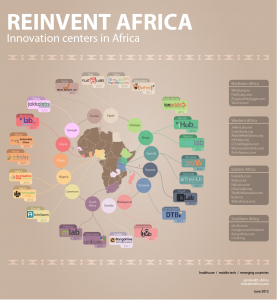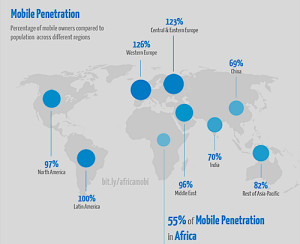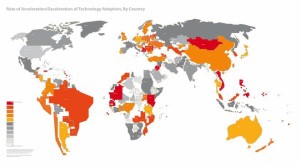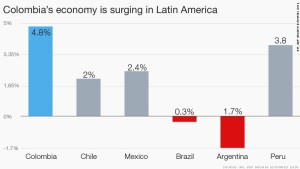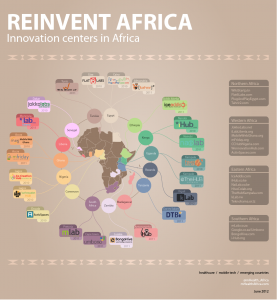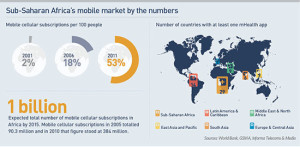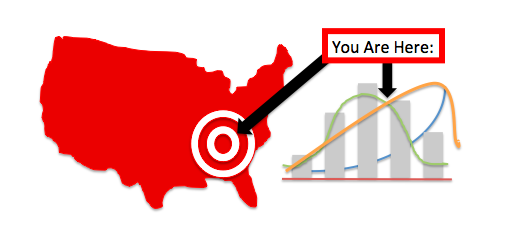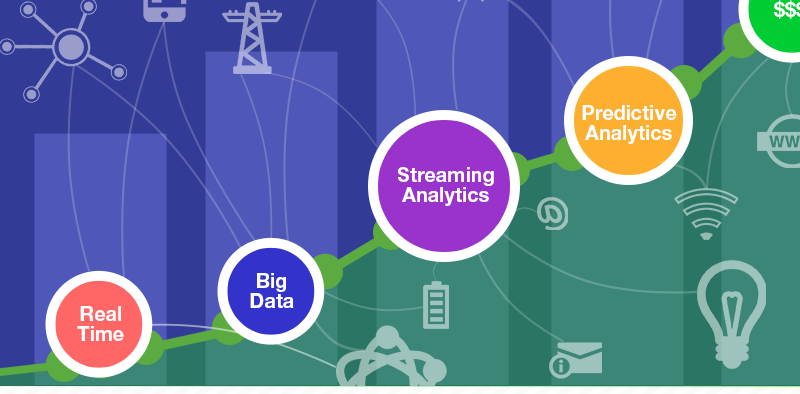Aint Talkin Bout Love and The Edge of the Internet of Things
I’ve been to the edge
And there I stood and looked down
You know I lost a lot of friends there, baby
I got no time to mess around.
-
– Van Halen, Ain’t Talkin’ ‘Bout Love
Ah … nothing like 1978 classic rock lyrics about getting/giving an STD to start off discussion on emerging technology.
The Edge or Edge computing is an important tenet in understanding the Internet of Things (IoT). Wherein you may never reach the end of the internet, you can actually see the edge of the Internet of Things. “Things” or sensors exist everywhere – anywhere in a process or across multiple processes – but at some point there is an end of the line. From The Edge, sensors stand and look down … and out and around at the physical world. Because they are at the Edge, these nodes can be the furthest extent from the people and processes that are interested in the information or they could be right there where they are needed. Thus this can be where you gain or lose the best data (friends). This is where measurements are real time… when there’s “no time to mess around”. The Edge is current discussion on security as well, keeping the systems and processes free from disease and evildoers. The Edge is an important feature in building and utilizing IoT.
For Example
To explain how the Edge works, let’s go back to an old school intrusion detection system and smoke/fire alarm (I used this in my IoT Connections blog post.) Pre-Internet, intrusion detection or smoke/fire alarm systems had various sensors hard-wired into place to determine whether the desirable conditions (no fire or intruders) were being met. Smoke and fire devices triggered alarms for heat or chemical substances within a physical building. Burglar alarms were usually a circuit that once broken sounded the alarm. For both, the alarm could be sounds or lights that were experienced just by anyone there or they could be connected via land lines to other players that could call emergency services.
When the sensors are triggered, the alarm sounds there at The Edge. Anyone in the building who is aware of the alarm understands the dangers and has the ability to make decisions from that information, such as calling the police or fire department or taking others actions such as evacuations or defense procedures. If the sensors are connected to a monitoring service, the responders are trained and ready to act appropriately. Perhaps the system may be able to notify the emergency services directly. That is Cloud decision space.
With the pervasiveness of the Internet and the autonomy of the design, you can easily understand the most preferable choice – an instantaneous, specific and desirable response to an emergent situation. Thus the IoT has grown exponentially, leveraging the combination of ubiquitous sensors (active and passive, deliberate and advantageous) and omnipresent Cloud. However, this popularity is changing.
Keeping it Local
So Why NOT Use the Cloud?
For the 15 years that IoT has been growing, it has crawled the Internet as a natural progression. Utilizing the ubiquity and ease of the Cloud made undeniable leverage of current operations and projected expansion. Afterall, so far the Cloud is an amorphous, expanding universe that has served our needs. We haven’t reached the end of the internet, so why not continue mining a perceived inexhaustible resource? However, recent developments have begun shifting the processing of the sensors back to The Edge for decision making. Four reasons have driven it back.
Cost. The cost of sensors continues to drop, and the capabilities of those sensors are increasing. Subsequently, more data with more fidelity is possible at multiple touch points. Processing ALL the sensors in the cloud derives a resource tax. Simply, you can buy more sensors by saving the cost of connecting to the Internet. Or you can even more simply spend less money.
Security. Proprietary or personal information is risked with exposure to The Cloud. Keeping the information local to the sensors for decision at the source can be more effective as well as provide better security. The Edge sensors still need safe-keeping but the damage control is more easily prevented or contained.
Design. Just because the Cloud is there doesn’t mean you need to use it. KISS. The Cloud doesn’t necessarily fulfill the mission of the system created. The Cloud is actually getting pretty crowded, and for now, this point in time, keeping the game locally may be in the best interest of the system. Also, capability has developed to collect data from multiple sensors but interested parties have different access for different needs.
Speed. “Instantaneous” is highly measurable now. The meer fractional computation distribution of data still may not be fast enough. For example, autonomous driving cars need Edge computing because the criticality of data for safe driving decision simply is too fast to zoom out and back to the Cloud.
Farm to Table
A current application of Edge computing is sensors planted with crops. These nodes constantly provide feedback as to the soil’s properties, such as moisture content, mineral composition, and density. The automated watering systems then deploy precise amounts meter by meter, not acre by acre, determined by real time monitoring. Cost savings are realized in both water and fertilizer consumption. The harvest is more bountiful and The Edge is more likely cheaper than utilizing a Cloud structure.
Ain’t Talkin’ ‘Bout Love
But The Edge is where sensors are beginning to do more of the heavy lifting of data processing and decision making – for now. Technology will evolve and we will rock and roll with it. Be careful though because just as with The Cloud, you wouldn’t want to catch a virus or malicious attack any more than you would give one. Always practice safe sensor deployment. Like the 80s, all trends don’t die; they just come back around.
Previous post on IoT: IoT Connections
Next up: PIoT vs IIoT
